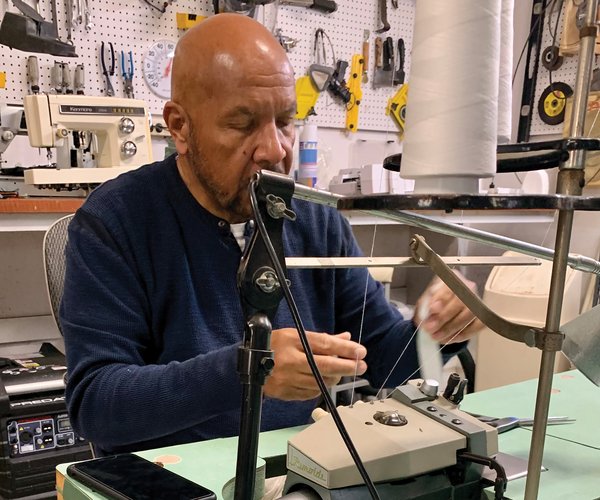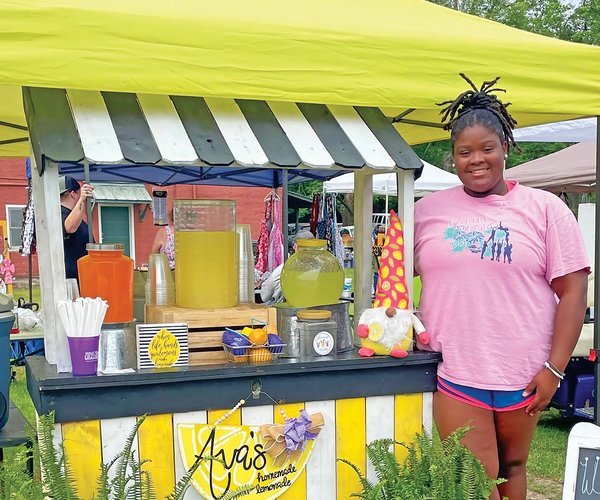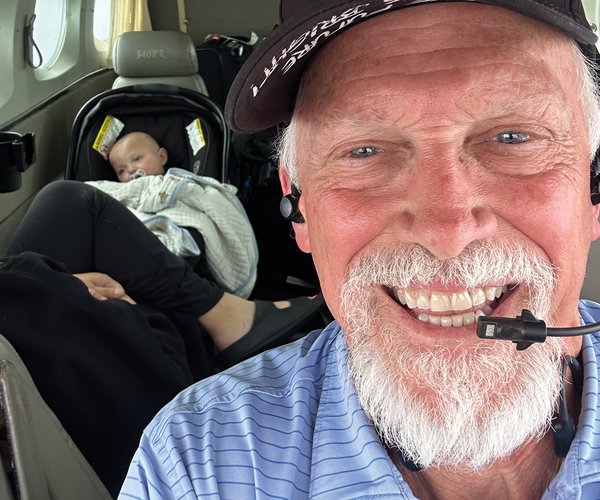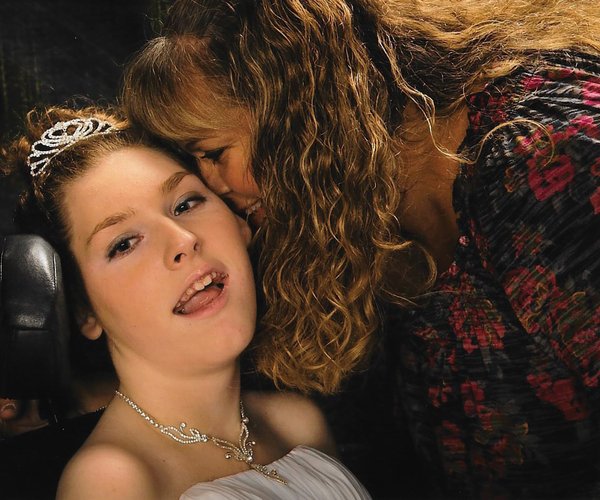Cardiovascular disease is the leading cause of death in Georgia, accounting for more than 28,000 deaths a year. That’s about 1 in 3 deaths overall, according to data from the Georgia Department of Public Health — and most of these are premature and preventable.
Locally, heart disease and related illnesses affect thousands of families. Children and young adults are not immune to these risks — and Bulloch County Schools is committed to instilling heart-healthy habits early in order to set a foundation for healthier futures. All of the district’s schools provide physical education classes to promote an active lifestyle, and middle and high schools also offer health and weight-training courses, as well as extracurricular sports.
In addition, many schools for decades have partnered with the American Heart Association in its campaign to encourage physical activity and educate students on how to improve their own health while raising life-saving donations to help kids with special hearts. In the early years, jump rope and then basketball-featured events were held as part of this campaign — think Jump Rope for Heart and Hoops for Heart — but the concept has been reimagined in recent years in order to give students and teachers more flexibility in their participation.

Bulloch County's
heart healthy schools
Staff
• All schools are staffed with a school nurse, who is either an LPN or RN. School nurses help manage the care of students with diagnosed conditions, oversee on-site care and medicines that need to be dispensed at school, and help teach children about their medical conditions. They also can help identify students with risk factors for cardiovascular disease and educate families on prevention and healthy habits. All school nurses are certified in CPR.
• In response to Georgia House Bill 874, the school district is developing cardiac response teams at each school and coordinating their CPR training. By the end of this school year, at least seven personnel in each school will be certified in CPR.
Equipment
• Every school has at least two wall-mounted automated external defibrillators (AEDs), and all high schools and middle schools have a portable AED that can be used for athletic events and field trips.
Nutrition
• Bulloch County Schools' Nutrition Department is actively reducing the amount of fried foods it places on its schools’ menus and increasing its offerings of locally sourced fresh produce and fruits.
—information courtesy of Hayley Greene, Bulloch County Schools
Now referred to as the Kids Heart Challenge (for elementary students) or the American Heart Challenge (for middle and high school students), the program invites campuses to customize their own activities. Some schools still offer a jump rope or basketball event, while others host dance, obstacle-course or other physical challenges.
Such AHA kid-focused events have raised a total of $1.8 billion to improve heart health over the last 50 years. Last year, some 1 million students registered for the program. Locally, Portal Middle High School, Mill Creek Elementary, Julia P. Bryant Elementary and Sallie Zetterower Elementary all host events in conjunction with the AHA, and while the campaign has evolved through the years, its goal of improving heart health has remained at the forefront.
“This aligns with my curriculum, because that is also the goal for my P.E. program,” said Kyle Rehm, P.E. teacher at Sallie Z. “We introduce students to as many games and skills as we can so they might find something they like to do … whether it’s basketball, soccer, pickleball, golf or bowling.
“We want them to be active and knowledgeable so they make good decisions that lead them toward a healthy lifestyle of a nutritious diet and good habits that avoid risk factors such as smoking.”
A longstanding tradition
The gym at Sallie Z. is a testament to the school’s longstanding commitment to heart health, where AHA program banners dating back to 1998 still hang. For Rehm, continuing the tradition is both personal and nostalgic.
“First, it is a good cause, to raise money for families that need help,” he said. “I think about my own kids, and I can’t imagine what they are going through.”
It’s also a way to create lasting memories for his students, just like the ones he has from his years of participation in Jump Rope for Heart as a child.
“We would try to collect as much money as we could to get the best thank-you gifts, and then we would have a big jump rope challenge in P.E.,” he said. “It was up there with the book fair.”
But this year, the program’s message resonates even more deeply for the coach, whose father spent 12 weeks in the hospital after suffering a severe heart attack last year. Rehm says the scare opened his eyes to the subtle, often-missed warning signs of a cardiac event, and he’s putting extra emphasis on teaching kids to recognize these signs, too, in hopes of empowering his students to help family members in case of an emergency.

“Honestly, I always thought it was shortness of breath, chest pain and (a) tingly left arm,” he said. “When my dad had his heart attack, he didn’t have any of those signs. He was nauseous and lightheaded, very tired, and had pain in his right shoulder that moved to his neck and jaw, so we were thinking he was just getting sick. It wasn’t until the pain moved to his chest a day later (that) we took him to the hospital.”
Stepping up for a cause
Through the Kids Heart Challenge, the AHA provides educators with resources on such topics as teamwork, kindness, anti-vaping, positive thinking, sleep and physical activity. Each school also gets fundraising support and access to interactive technology including a free, user-friendly app where kids can play educational games, track fundraising and access instructional videos.
“This year, it teaches how to do hands-only CPR,” Rehm said. “The app will also give them a link that they can post on social media or email to people, which makes fundraising much easier and safer than when we used to have to go door to door.”
The program’s unique combination of engaging activities and meaningful lessons inspires students and families alike, and over the years, Sallie Z. has raised significant funds, often spurred by those whose loved ones have been personally touched by heart disease or stroke.
In return for their efforts, students can earn fun incentives, like ear buds, balls and character keychains provided by the AHA, each representing healthy habits like eating well, staying active and getting enough sleep. In past years, the top fundraisers at Sallie Z. have gotten to pie administrators in the face and enjoyed bounce house parties — and this year, a few lucky kids across the U.S. will win tickets to the Superbowl.

“They get excited about the thank-you gifts,” Rehm said. “With hurricanes and economic inflation, I’m hesitant to push it super hard when everyone is struggling with money, but like I tell the students, put those links out there; you never know what could happen.”
Fundraising also benefits the school directly. For every dollar raised, Sallie Z. earns credits toward P.E. equipment from the AHA. Past efforts have supplied parachutes, scooters, jump ropes, basketballs and more — tools that keep kids moving and learning.
For community members who want to help, donations can be made directly through the school’s fundraising page.
Building healthy habits
While fundraising remains a key component, the main focus of the challenge has always been on heart health education, and it aims to leave a lasting impression on students, far beyond their time in the elementary school gym.
Rehm encourages kids to find an activity they love — whether it’s sports, walking the dog, swimming, or even playing interactive video games — and then get moving.
“Like Bandit from Bluey said, ‘I’ve got to move my body,” Rehm said with a laugh. “My main lesson is (to) get off the phone and move your body!”





